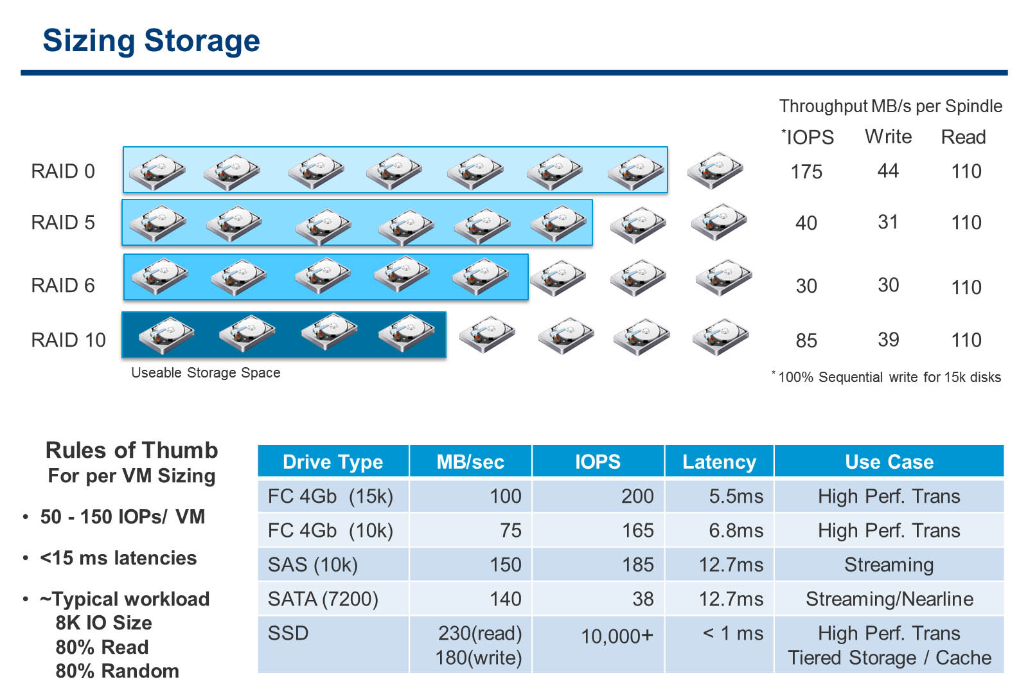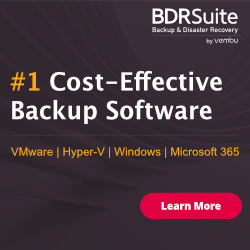
As VMware Administrator you play key role to justify Storage related problems from VMware/ESXi prospective.
GAVG (Guest Average Latency) total latency as seen from vSphere
KAVG (Kernel Average Latency) time an I/O request spent waiting inside the vSphere storage stack.
QAVG (Queue Average latency) time spent waiting in a queue inside the vSphere Storage Stack.
DAVG (Device Average Latency) latency coming from the physical hardware, HBA and Storage device.
What are the rule of thumb indicators of bad storage performance?
High Device Latency: Device Average Latency (DAVG) consistently greater than 20 to 30 ms may cause a performance problem for your typical application.
High Kernel Latency: Kernel Average Latency (KAVG) should usually be 0 in an ideal environment, but anything greater than 2 ms may be a performance problem.

Poor storage performance is generally the result of high I/O latency, but what can cause high storage performance and how to address it? There are a lot of things that can cause poor storage performance…
- Under sized storage arrays/devices unable to provide the needed performance
- I/O Stack Queue congestion
- I/O Bandwidth saturation, Link/Pipe Saturation
- Host CPU Saturation
- Guest Level Driver and Queuing Interactions
- Incorrectly Tuned Applications
- Under sized storage arrays



